Table of Contents
The medical term for your tailbone is coccyx, and when it hurts, the condition is medically referred to as coccydynia or coccygeal pain. The most frequent cause of coccyx pain is trauma, such as falls, especially those involving direct impacts on the coccyx area.
Due to anatomical differences in its structure, coccyx pain occurs five times more often in women than in men. Obesity is another additional risk factor (1). Weight gain adds pressure to this area, modifying its position and increasing the risk of subsequent dislocation and trauma.
Keep reading to learn more about why the tailbone hurts, how to manage it at home, and when to consult a doctor.
What is a coccyx bone?

The spine is a posterior bony structure extending from the skull’s base to the pelvis. Vertebrae, separated by intervertebral discs, form the spine. It is divided into five main regions:
- Cervical region: This is the upper part of the spine and consists of seven vertebrae (C1-C7). The first cervical vertebra, the atlas, supports the head, while the second cervical vertebra, called the axis, allows rotational movement of the head.
- Dorsal region: This region is composed of twelve vertebrae (T1-T12). The ribs articulate on its sides, forming the lateral walls of the thorax.
- Lumbar region: This is the lower part of the spine and consists of five vertebrae (L1-L5). The lumbar vertebrae are larger and are designed to support most of the body weight.
- Sacral region: The sacrum is a large, triangular bone located in the lower part of the spine. It is formed by the fusion of five sacral vertebrae (S1-S5). The sacrum articulates with the pelvis and forms the posterior part of the pelvic cavity.
- Coccygeal region: The coccygeal region, or coccyx, is the final part of the spine, located just below the sacrum. It is composed of three to five fused vertebrae.
This structure stabilizes and aligns the body, aiding in walking and supporting the pelvic floor by connecting multiple muscles and ligaments to it (2).
Causes of tailbone pain

The causes of coccyx pain can be classified into two groups based on the duration of the pain experienced (3):
- Acute: Typically resolves within two months and is commonly triggered by direct trauma to the coccyx from falls or prolonged periods of sitting, causing microtrauma.
- Chronic: Pain lasting more than two months. The causes are usually muscular pains, although they are often unknown.
Other causes that can generate pain are (4):
- Difficult delivery: Labor and delivery usually cause trauma in the area and generate pain in the following days.
- Spasms of the pelvic floor musculature: For unknown causes, the muscles that are close to the anus may contract, generating a sharp pain that subsides quickly in the anal and coccygeal region.
- Sacral arthritis: In older adults, this may appear as coccygeal pain due to inflammation of the joints at the sacral level.
- Tumors: Tumors located in the lower spine or spinal cord bone may generate coccygeal pain. Although not among the most frequent causes, they should be considered in older adults when the cause is unclear.
- Depression: Studies show an association between coccygeal pain and depression (5).
Although there are multiple causes, approximately 65 percent of coccydynia are the result of direct traumatic injury (4, 6). You should see a physician after a fall since getting X-rays to evaluate for fractures may be useful.

Why does my tailbone hurt? The symptoms
Coccydynia, or coccyx pain, is usually a throbbing or dull ache that is worsened by certain activities:
- Pain when sitting: If you’ve been wondering ‘Why does my tailbone hurt when I sit?’ Significant discomfort when sitting may be one of the most prominent symptoms, especially on hard surfaces.
- Pain on rising: Pain may occur on rising after sitting or lying down for a prolonged time.
- Pain during specific activities: You may experience pain during bowel movements or sexual intercourse, especially in certain positions.
Sometimes, you might even have difficulty finding a comfortable position. A side-lying or standing position may relieve pain, as these positions may reduce pressure on the coccyx and provide relief.
Coccydynia pain location
The pain is usually located in the coccyx, also known as the tailbone. This area is located in the lower part of the spine, just above the buttock creases.
It is crucial to consult your physician immediately if the pain spreads to the abdomen, is accompanied by fever or involves changes in defecation.
How long does it take to heal a tailbone injury?
Treatment of coccyx pain can be complex and varied due to the multiple causes that can trigger it. Therefore, resolution of the pain will depend largely on the underlying cause (4, 7).
Conservative treatment options include postural corrections, pelvic floor exercises, acupuncture, and the use of analgesics such as ibuprofen or diclofenac for pain relief.
In cases of trauma with evidence of bone inflammation or fracture on imaging tests, physiotherapy, and magnet therapy are necessary to facilitate recovery (8).
If the pain is caused by a joint that is out of place, moving it back into its position can help relieve the symptoms. In fact, physical therapists usually perform these manipulations.
In cases where pain persists despite conservative treatments, sacrococcygeal area infiltration may be considered. This procedure, involving the injection of analgesics into the affected area with needles, can be performed with ultrasound guidance or in the operating room using X-rays. The duration of relief after infiltration may vary (8).
When all conservative treatments fail, coccygectomy, which consists of surgical removal of the coccyx, may be a last resort. This option is reserved for severe and persistent cases of coccydynia.
In summary, if the pain is caused by trauma and there is no evidence of fractures on imaging, the pain may subside within two to four weeks. However, if fractures or other complications are present, the pain may persist longer and require a more prolonged treatment approach.
How to prevent tailbone pain


There are multiple preventive measures to avoid coccyx injury that you should do regularly (3, 9, 10):
- Get up from your chair occasionally: Avoid sitting for prolonged periods in a position that puts direct pressure on the coccyx. If you sit at work, use a chair with good lumbar support and take breaks to get up and move around regularly.
- Use seat pads: If you sit for long periods, consider using a special seat pad designed to distribute weight evenly and reduce pressure on the coccyx.
- Avoid horseback riding: Recurrent bumps from horseback riding worsen pain. That’s why you should avoid it.
- Avoid falls and traumatic injuries: Take precautions to avoid falls, especially on slippery surfaces or stairs. Wear appropriate footwear and keep walkways and stairs clear of obstacles to reduce the risk of coccyx injuries.
- Strengthen pelvic floor muscles: Performing strengthening exercises for the pelvic floor and gluteal muscles can help provide better support for the coccyx. Besides that, those exercises can reduce the likelihood of developing pain in this area.
- Maintain a healthy weight: Obesity is a risk factor for coccyx pain. However, a balanced diet and regular exercise can help reduce this risk.
How do I know if my tailbone pain is serious?
Most tailbone pains have an obvious cause and are not serious. But there are certain red flags to be aware of:
- Chronic pain that worsens over time
- Pain that extends to the abdomen
- Pain that is accompanied by changes in defecation or urination
- Pain accompanied by fever or unexplained weight loss
- History of cancer
If any of these warning signs are present, seek medical advice from a physician.



Why is my tailbone hurting after a fall?
Coccyx pain after a fall usually occurs due to direct impact to the coccyx area. This impact can cause contusion, fracture, or dislocation of the coccyx.
Why does my tailbone hurt when I stand up?
Coccyx pain when standing may result from the additional pressure placed on the coccyx area when you change position. Also, standing distributes the body’s weight differently, which may aggravate coccyx pain if an injury is present.
How long will my tailbone hurt after falling on it?
The duration of coccyx pain after a fall will depend on the severity of the injury. In cases of mild contusion, the pain may subside in a few days or weeks with rest and home treatment. However, in more severe cases, such as fractures or dislocations, pain may persist for several weeks or months and require medical attention.
How do you tell if my tailbone is broken or just bruised?
You should consult a physician for an accurate diagnosis if you experience coccyx pain after a fall or other trauma. A coccyx contusion usually causes localized pain and tenderness in the area, while a fracture may cause more intense and persistent pain, especially when sitting or moving. Imaging tests, such as X-rays, may be performed to determine if a fracture is present.
Summary
Coccyx pain, or coccydynia, is more common in adults and predominantly in women due to anatomy. Obesity is an important risk factor.
The main causes of coccyx pain are trauma, such as direct falls on the region, and traumatic childbirth. Other causes include prolonged sitting, osteoarthritis, pelvic floor muscle spasms, and tumors, among others.
Seek medical attention if severe or persistent symptoms are present, such as chronic pain that worsens over time, pain spreading to the abdomen, alterations in defecation or urination, fever, unexplained weight loss, or a history of cancer.
Treatment depends on the cause. There is a wide range of therapeutic approaches, from conservative measures such as physiotherapy to invasive interventions such as surgery.







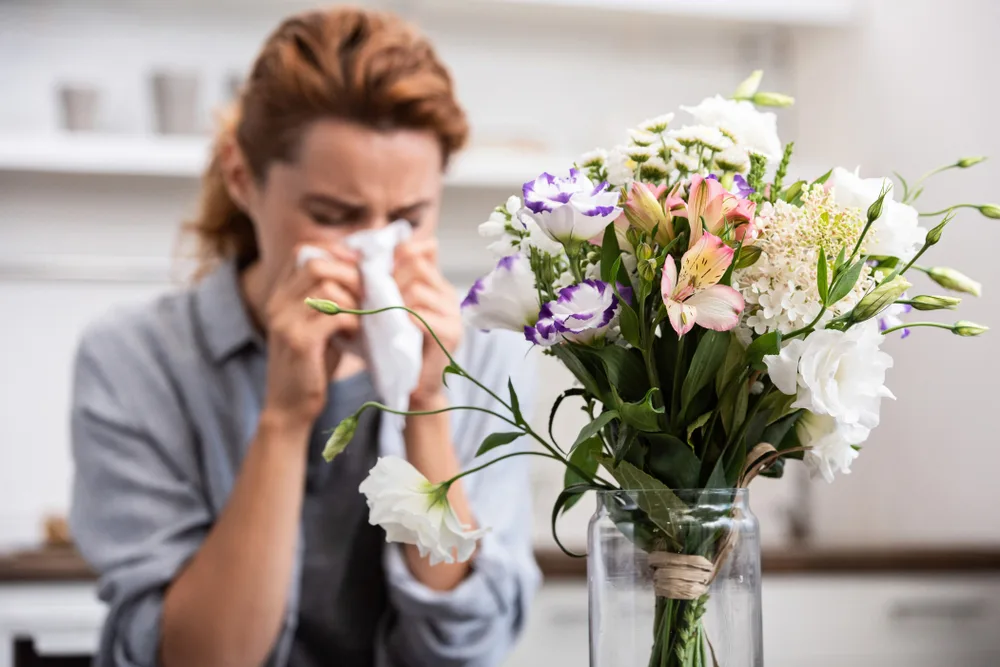
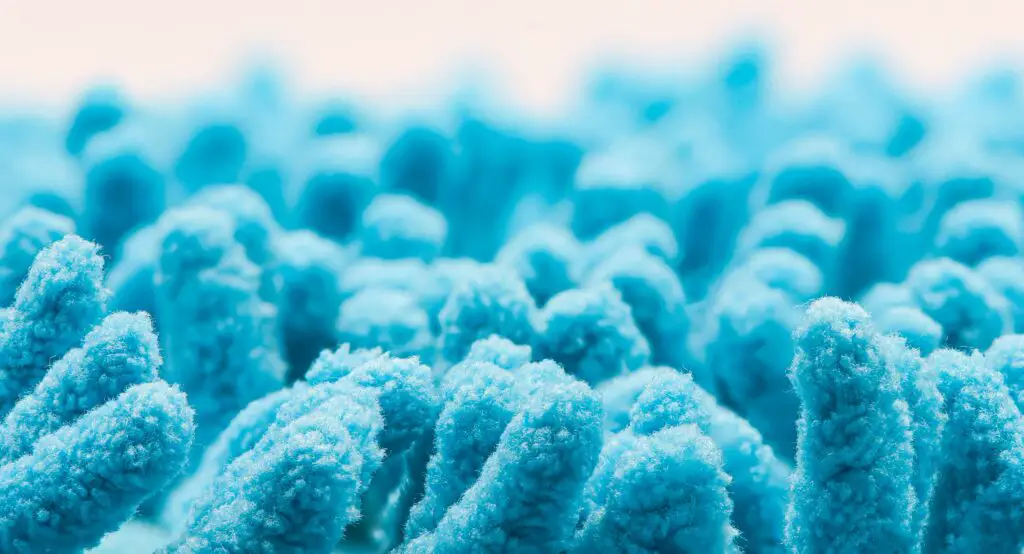
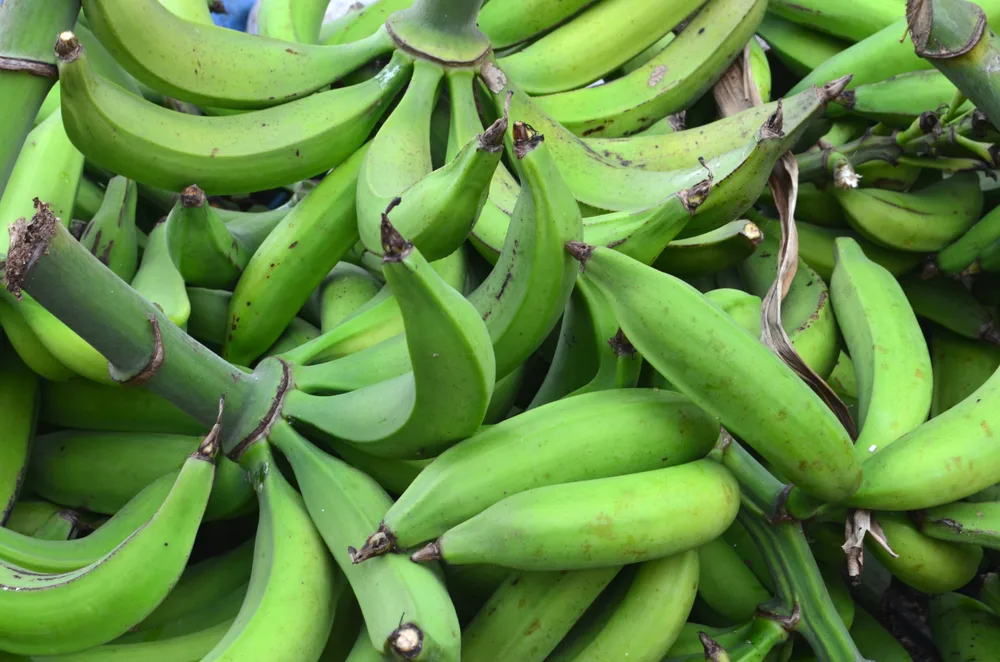

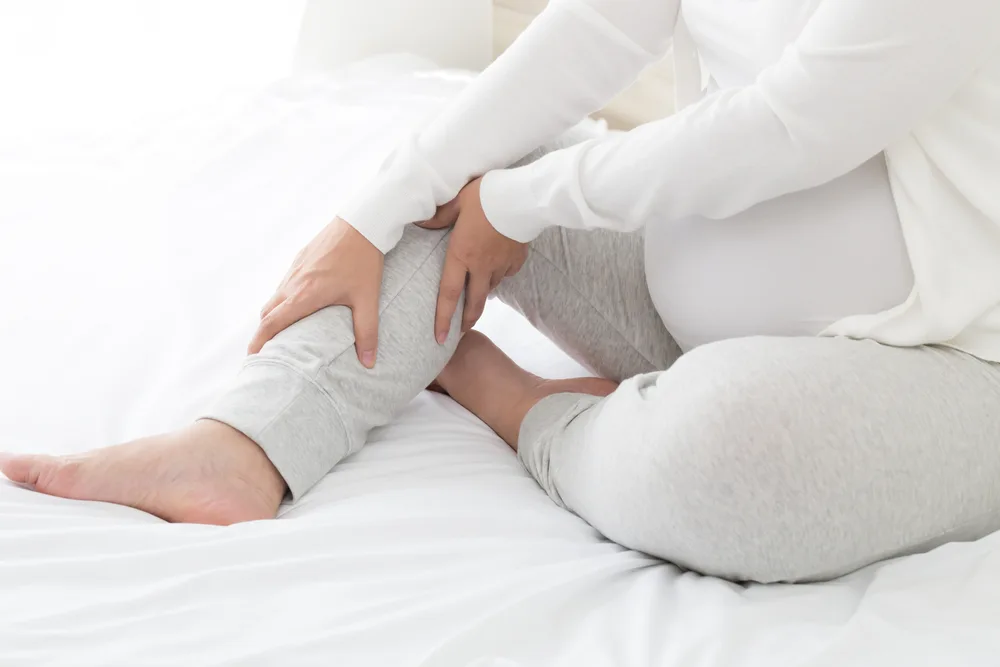



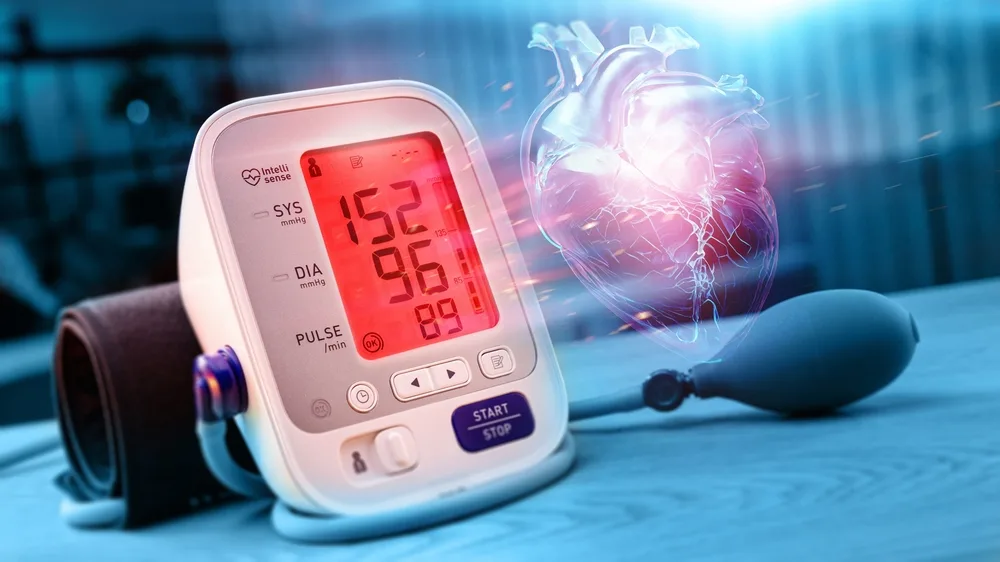

Comments
0